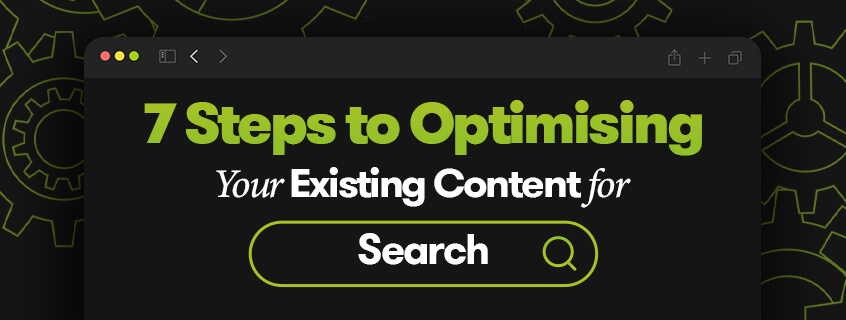

Staying on top of SEO trends poses a couple of serious challenges for content marketers.
Firstly, Google doesn’t hold back on updates to its algorithm – 2020 alone saw four significant tweaks to the search engine’s notorious black box. Each major update has the potential to severely impact your content’s ranking – sometimes for the better, sometimes not.
Secondly, the exact implications of each update aren’t always evident, as Google is reluctant to reveal too much. It usually takes SEO experts some time to discover how and why a specific update affected search results. By the time the combined intellects of the SEO community have come to grips with a new update and new best SEO practices emerge, many businesses have already published numerous content pieces based on recently outdated trends.
One of the main reasons content marketing is such an attractive channel for generating leads is how well it scales. Write a couple of posts that rank in Google’s top three SERPs, and they’ll generate you tons of traffic “indefinitely.”
Unfortunately, this won’t be the case if you’re not keeping your existing content optimised for search. Every time there’s a major update, all of your content assets are at risk of becoming redundant.
In this article, we’ll take a good, long look at how you can optimise your existing content to bring it in line with the latest best SEO practices.
what our clients are saying
create business. better everyday.
Let's Talklearn from the best minds in the business
Bodie provides some insight into Dilate's internal operations. How we approach what we do, and how we strive to be Better Everyday.





